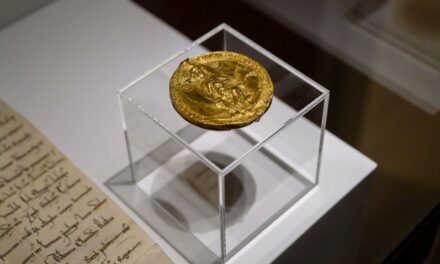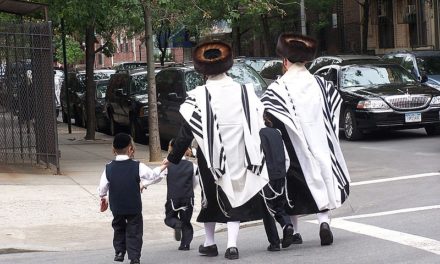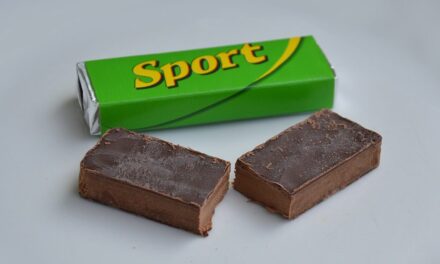Miklós Kásler, the director general of the Hungarian Research Institute, recalled at the press event: Cardinal Péter Erdő asked the archaeogenetic group of the Oncology Institute to examine the presumed skull of St. Margaret of Árpád-házi in 2018.
It was then that the first sampling and archeological analysis of the skull relic of St. Margaret and the skeleton of Duke Béla Macsó took place. However, the technical possibilities at the time and the changes in DNA did not make it possible to state with 100% certainty that it is indeed the head relic of St. Margaret, stressed Miklós Kásler.
He pointed out: However, during the examination of Prince Béla Macsói - who was the son of Saint Margaret's sister Anna - this year, results were obtained that make it most likely that Saint Margaret's skull has been identified. However, there are still some additional tests to be done so that this can be stated with complete certainty, he added.
Gábor Bence Kovács, scientific assistant at the MKI Archeology Research Center, recalled: for the first time in 2020, the Archeology Research Center of the Hungarian Research Institute examined the DNA of the head and skull relic attributed to Saint Margaret. Mitochondrial analyzes followed, he added.
In archaeogenetics, in order to identify someone, you need a reference individual, in 2020 the choice fell on Prince Béla Macsói, but at that time, due to the technical limitations resulting from the small amount and poor quality of DNA, this research was not yet carried out - explained Gábor Bence Kovács.
He added that a few months ago, however, samples were successfully taken again from the remains of Prince Béla Macsó and they were able to perform an analysis of the entire genome.
When they looked at the unique mutations of the so-called maternal or mitochondrial haplogroups of the two samples, they saw that the two people were probably related to each other, so it can be assumed that the St. Margaret's relic is authentic, said Gábor Bence Kovács.
He emphasized: for accurate identification, the next step is for the researchers to carry out the genome enrichment of Szent Margit's sample, so that the genetic distances on the family tree can be determined, as well as the degrees of kinship.
St. Margaret IV. Daughter of King Béla and Mária Laszkarisz, IV. The grandson of Béla and Mária Laszkarisz is Prince Béla of Macsó, so the mitochondria must be identical, the researcher explained.
The complete genome tests will be carried out, kinship and genetic distances will be calculated from it, and thus they will probably be able to say whether the St. Margaret's relic is really authentic, emphasized Gábor Bence Kovács.
This research is important not only because MKI can identify another saint, but also because the primary goal of the institute is to identify as many people from the Árpád family as possible, the researcher pointed out.
MTI
Photo: Zita Merényi/Hungarian Courier













